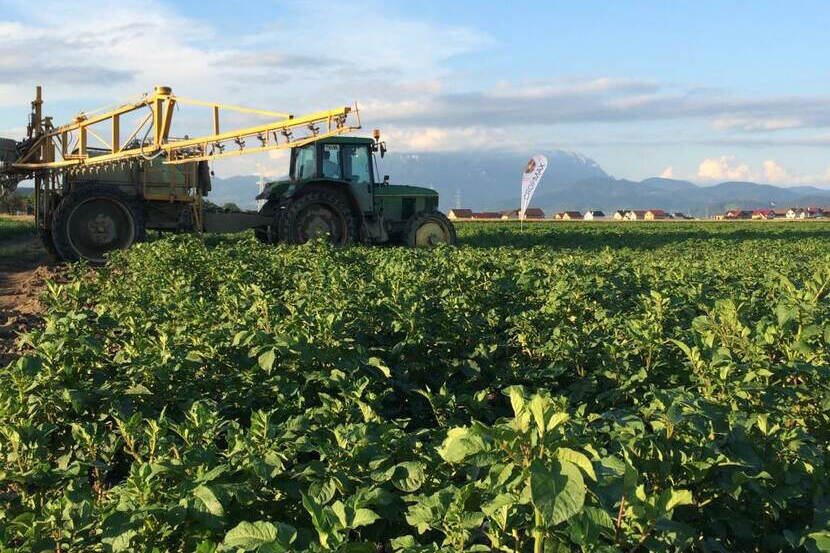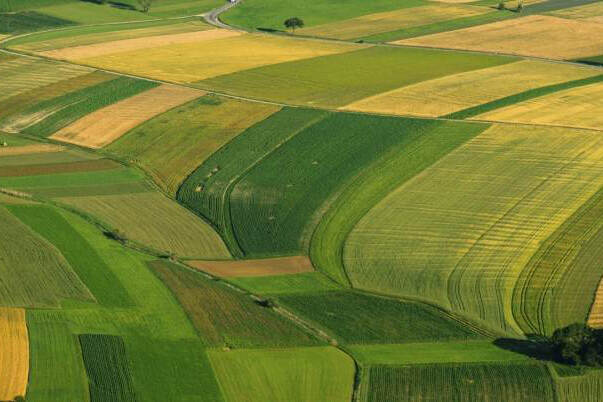Value of agricultural production in Romania, down by almost 16% last year
The value of agricultural production decreased by 15.8% in 2022, compared to 2021, totalling 109.56 billion RON at current prices (approx. 22 billion EUR), according to data recently published by the National Institute of Statistics (INS).
Plant production decreased last year by 22.8%, to the value of 71.91 billion RON (14.3 billion EUR), livestock production decreased by 0.5% (34.86 billion RON or 7 billion EUR), while agricultural services increased by 29.2%, recording a value of 2.78 billion RON (0.55 billion EUR).

In 2022, the structure of the production value of the agricultural branch showed small variations compared to the previous year. The share of plant production was 65.6%, with a decrease of 5.6% compared to the previous year, livestock production had a share of 31.8%, with an increase of 4.8% compared to the previous year, and agricultural services had a share of 2.5%.
Regarding the structure of the value of plant production in 2022, on the main groups of crops, increases were recorded for oil plants (+1.7%), potatoes (+1.3%) and cereals (+0.3%), and decreases were recorded for vegetables and melons (-2.3%), fodder plants (-0.5%), fruits and grapes (-0.4%) and other product groups (-0.1%).
According to INS data, in 2022 the value of livestock production increased for poultry (+1.8%), products obtained from milk processing in zootechnical farms (+0.7%) and for sheep and goats (+0.5%). Decreases in the shares of production value were recorded in pigs (-2.6%) and in other product groups (-0.4%).

High land fragmentation (with a large share of subsistence farming - lacking economic viability), difficult climate conditions, high input and energy costs, are all factors that contributed to the decrease in agricultural production in 2022. Also, the high share of plant production (65%) shows an underused potential of the Romanian agricultural sector, keeping Romania in a status quo as a mere agricultural commodity supplier as long as no value is added to primary production. However, it also shows the strong base and “large room” Romania has for the development of its agri-food sector, and the potential of increasing its role as contributor to European food security.